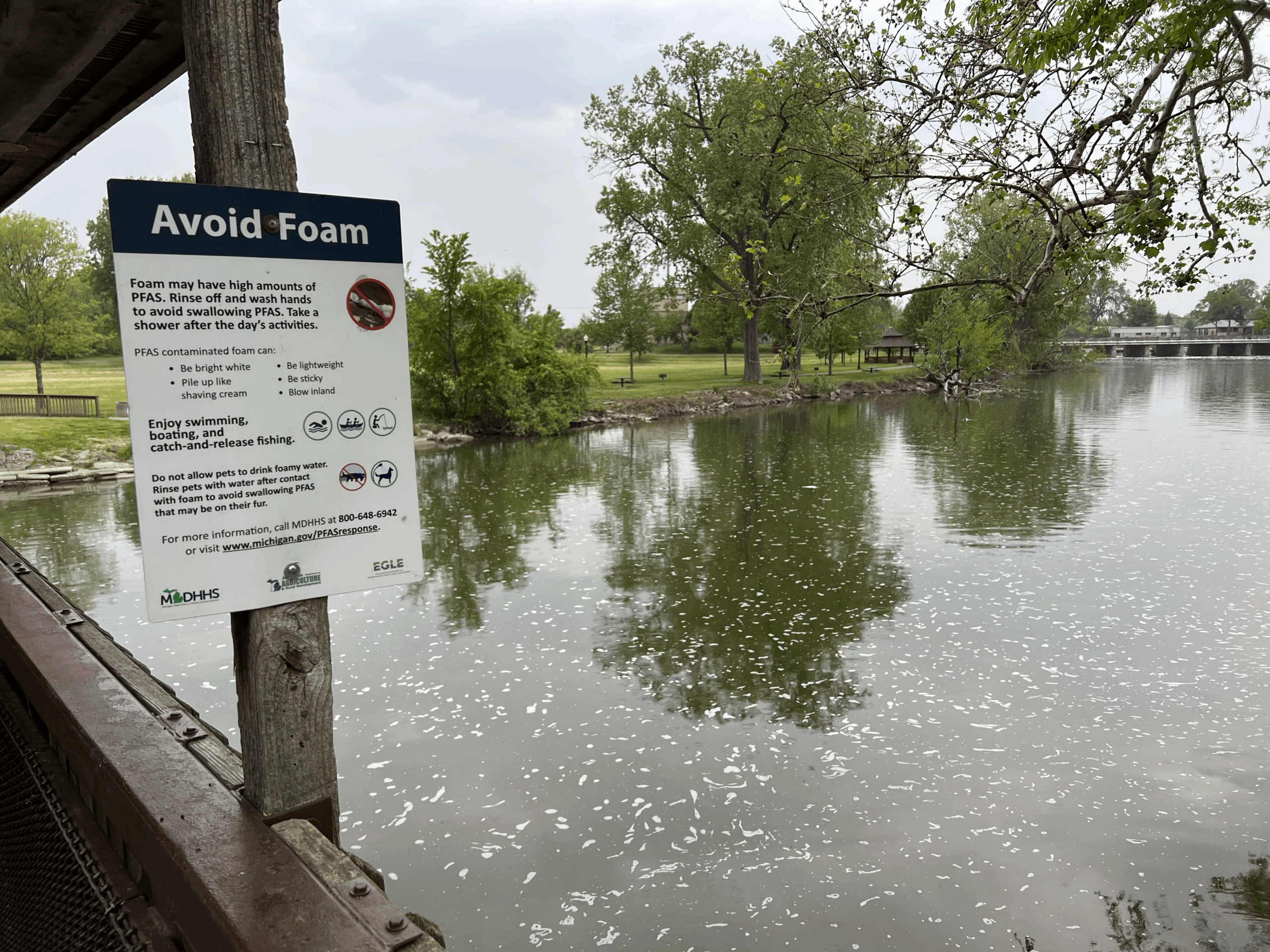You’re out here buying stainless steel straws, eating organic berries, and dry brushing like your life depends on it—and yet, the tap water might be what’s actually doing you dirty. Turns out, America’s drinking water isn’t exactly the sparkling mountain stream they show in commercials. A new wave of testing has revealed that a bunch of sketchy chemicals are lurking in our pipes, and spoiler: they’re not just showing up in old Rust Belt towns. This is happening coast to coast—from fancy zip codes to small-town suburbs.
So while you’re hydrating for glowing skin and gut health, you might actually be sipping a chemical cocktail worthy of a sci-fi villain origin story. Some of these substances are linked to cancer, hormonal disruption, or even brain fog (nope, it’s not just your third iced latte). Below are 5 of the worst offenders recently found in U.S. tap water—and yes, we’re naming names.
1. PFAS (a.k.a. “Forever Chemicals”)
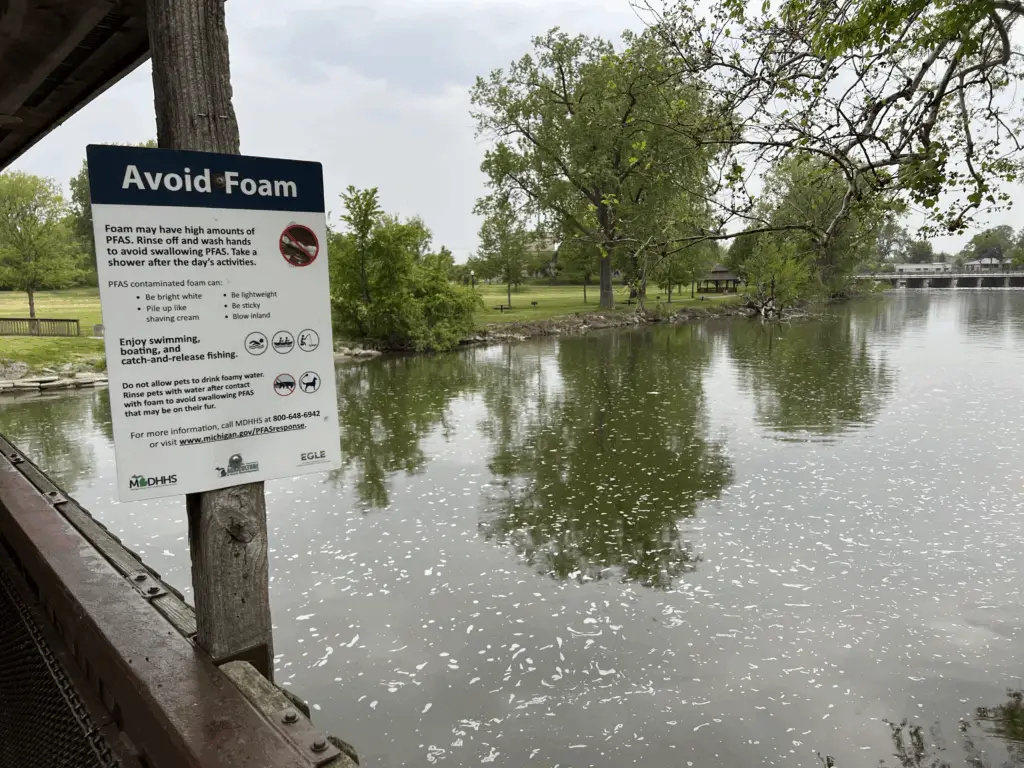
You’ve probably seen “PFAS” floating around headlines lately, and no, it’s not a skincare brand. PFAS (per- and polyfluoroalkyl substances) are synthetic chemicals used in everything from waterproof jackets to non-stick pans—and now, they’re in your water glass. These “forever chemicals” are notoriously hard to break down and have been linked to cancer, immune suppression, and reproductive issues. According to a recent report from the Environmental Working Group, PFAS contamination has been detected in tap water serving over 200 million Americans.
Cities like Riverside, California and Wilmington, North Carolina top the list of places where PFAS levels are alarmingly high. And no, Brita filters alone won’t cut it—many PFAS compounds slip right through. These chemicals build up in your system over time, meaning that “just a little” becomes a big problem later. Think of PFAS like that friend who comes over “just for one drink” and ends up crashing on your couch all weekend. It’s the chemical equivalent of overstaying its welcome, but like, in your liver. Want to play it safe? Look into NSF-certified filters and maybe stop filling your reusable bottle straight from the tap if you’re in a high-risk area.
2. Chromium-6

If the name sounds familiar, it should—it’s the chemical that made Erin Brockovich a household name. Chromium-6 is a known carcinogen, and even tiny amounts can be dangerous over time. According to a report by The EPA, this chemical has been found in the tap water of all 50 states, with the highest levels showing up in Oklahoma, Arizona, and California’s Central Valley.
The wild part? The federal government still hasn’t set a legal limit for chromium-6 in drinking water, which means many utilities aren’t technically breaking the rules. But that doesn’t mean your organs are thrilled about the exposure. It can mess with your stomach, kidneys, and even your blood sugar levels. It’s basically the toxic overachiever of the periodic table. And because it’s colorless and odorless, you won’t even know it’s there unless you test. So maybe… test. Erin was right. Again.
3. Lead
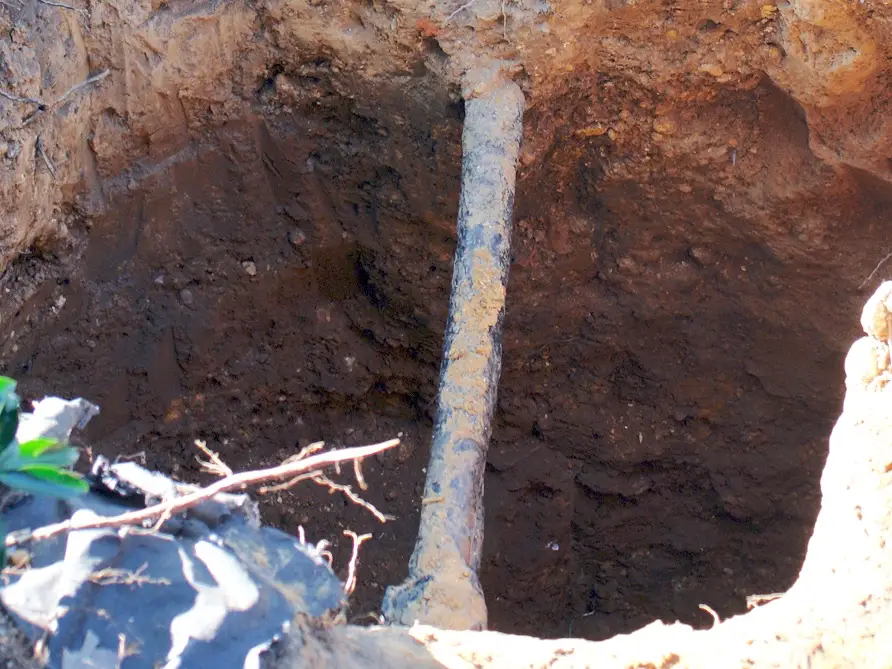
Lead in water is the villain we all know about but pretend isn’t still around—like that ex who keeps watching your Instagram Stories. It’s infamous because of Flint, Michigan, but lead contamination is way more widespread than most people realize. CBS News reports that over 12 million lead service lines are still in use across the U.S., especially in older cities like Chicago, Newark, and Pittsburgh.
Lead exposure is especially dangerous for kids—it can mess with brain development, lower IQ, and cause behavior issues. And once it’s in your body, it’s basically impossible to get out. There’s no safe level of lead in drinking water, and yet thousands of households are exposed to it daily. Replacing lead pipes is expensive, which is why many cities just… haven’t. The irony? We banned lead paint decades ago but still have it leaching into our morning coffee. If your house was built before 1986 and hasn’t had plumbing updates, definitely get your water tested. It’s not dramatic—it’s survival.
4. Nitrates
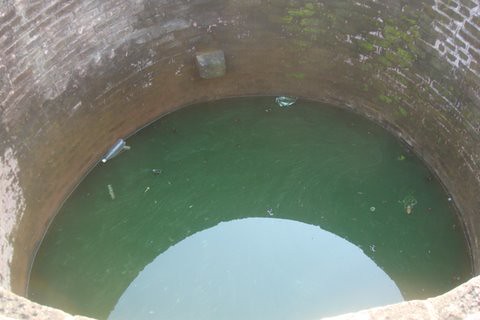
Nitrates are like the silent saboteur of drinking water. You can’t taste or smell them, but they creep in from fertilizer runoff and industrial waste, especially in farming-heavy states like Iowa, Nebraska, and California. According to The National Institue of Health, nitrate levels in rural tap water are frequently above safe limits, particularly near agricultural zones.
These chemicals are especially risky for babies and pregnant people, where even low exposure can cause “blue baby syndrome,” a potentially fatal condition that restricts oxygen in the blood. Yikes. Long-term exposure in adults has also been linked to increased cancer risk. So that cute farmhouse Airbnb with the well water? Maybe don’t drink straight from the sink. Nitrates don’t get filtered out easily, so if you’re living in a high-risk area, it’s time to get serious about water filtration. Because nothing ruins your countryside aesthetic like an invisible health threat.
5. Arsenic
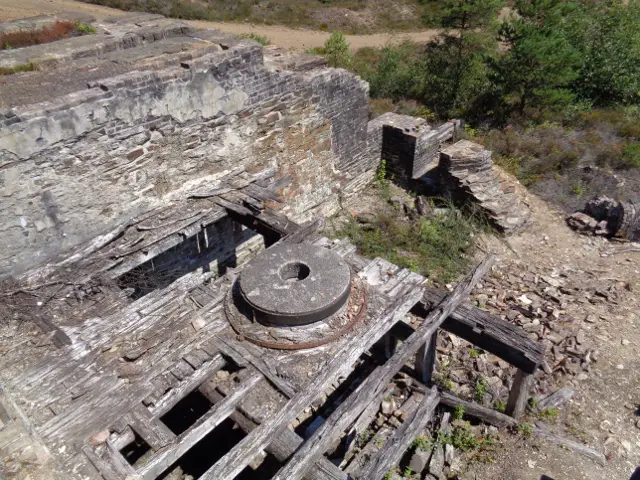
Arsenic: not just a murder mystery plot device, but an actual thing showing up in your tap. This naturally occurring element sounds old-school poison-y because it is—and it’s surprisingly common in groundwater supplies across the Southwest, New England, and parts of the Midwest. A deep dive by The National Library of Medicine revealed that arsenic levels above the EPA’s “safe” limit are still a problem for millions of Americans, particularly in private wells.
Chronic exposure is linked to cancers of the bladder, lung, skin, and kidney. It can also cause skin discoloration, numbness, and digestive issues—basically, nothing you want. And like most of the bad stuff on this list, it’s totally tasteless and odorless, so you’d never know unless you test. What’s extra frustrating is how long we’ve known about this issue and still haven’t fully solved it. If you’re on well water or live in a rural zone, it’s worth investing in a water test kit. Don’t wait for symptoms to show up—by then, it’s already too late for a plot twist.
6. Atrazine
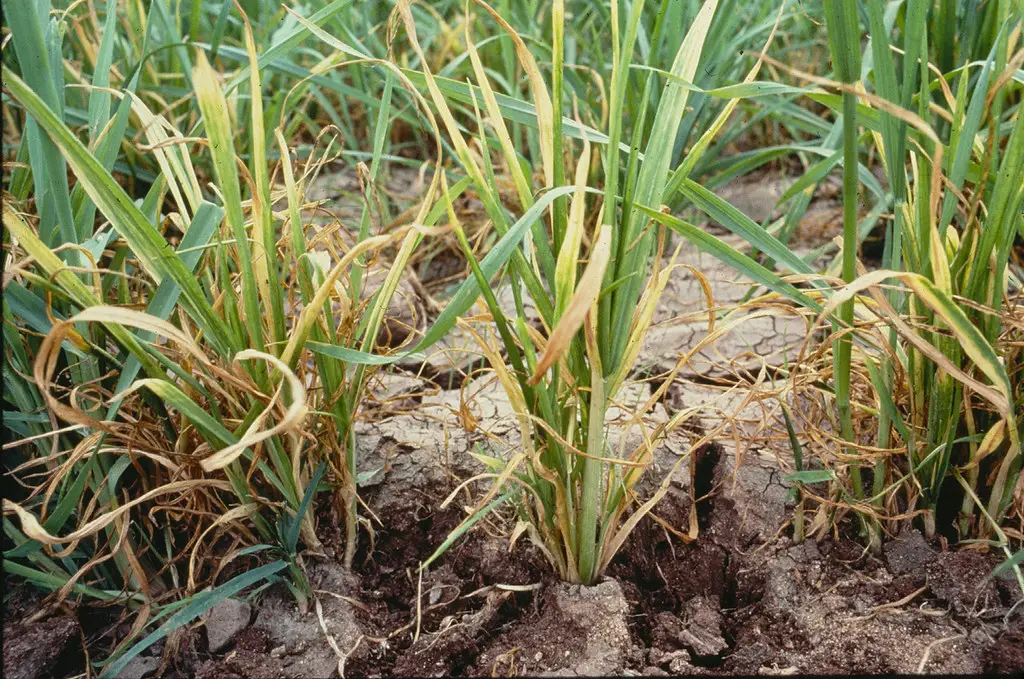
If your tap water had a dating profile, atrazine would be the red flag in the fine print. It’s a widely used herbicide that’s been banned in Europe for years, but somehow it’s still living its best life in American drinking water. It’s most commonly found in the Midwest and South, especially in farming-heavy states like Kansas, Nebraska, and Louisiana. Atrazine is a known endocrine disruptor, which is science-speak for “it can seriously mess with your hormones.” Like, fertility problems and developmental delays kind of mess.
Even low levels of exposure can build up in the body over time, and some studies link it to increased risks of certain cancers. The catch? It’s legal at concentrations that many scientists think are too high. Municipal water systems are allowed to serve it up as long as it stays below a certain limit, but that “limit” hasn’t been updated in decades. If you live near farmland, there’s a decent chance you’ve had a glass of atrazine with your dinner. Yum.
7. Haloacetic Acids (HAAs)

Let’s get weirdly specific: Haloacetic Acids aren’t added to water on purpose—they form when chlorine (used to disinfect) reacts with organic matter in the water. It’s like an accidental science experiment that just so happens to be not great for your health. Long-term exposure to HAAs has been linked to liver damage and increased cancer risk, particularly in the bladder and colon. What’s tricky is that HAAs show up more often in warmer climates, where chlorine reacts more quickly, and in older systems where water sits too long in the pipes.
You’ll find this surprise chemical lurking in water from places like Texas, Florida, and Southern California. The issue isn’t that chlorine is bad—it’s that the byproducts can sneak up on you. Kind of like baking cookies and accidentally creating something flammable. If your water smells like a pool, chances are good you’ve got some byproduct action happening. Carbon filters can help, but if your system is outdated, you might want to push for an infrastructure upgrade.
8. Manganese
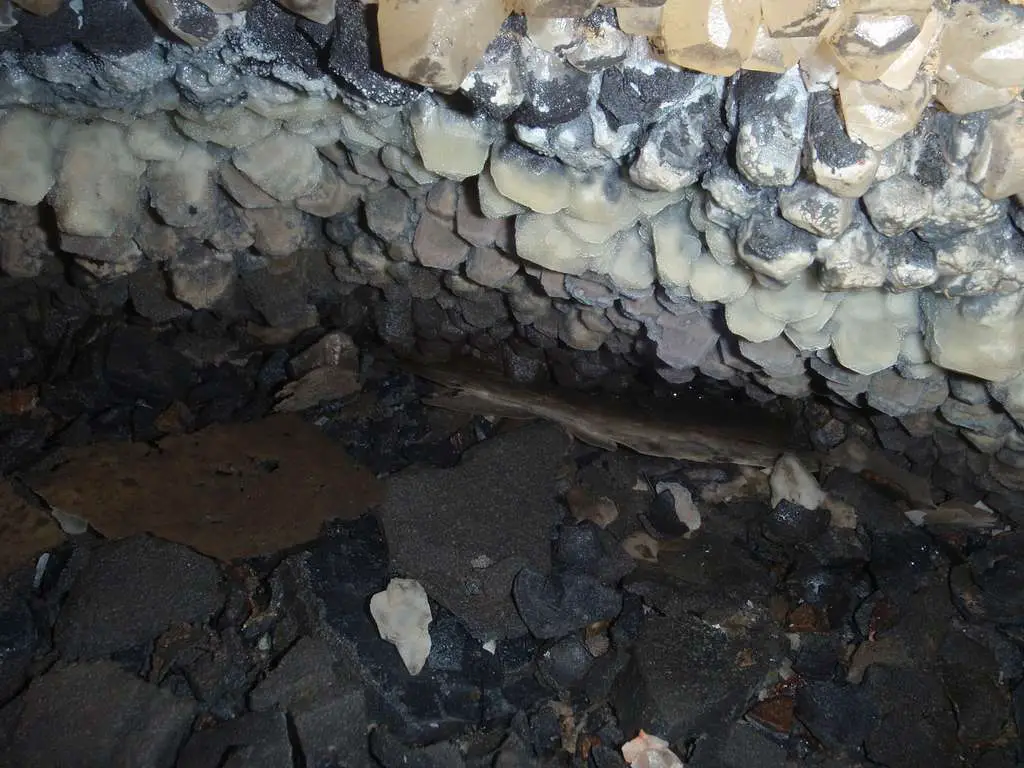
Manganese sounds fancy, like something you’d find in a vitamin bottle, right? But too much of this naturally occurring metal in your drinking water is a whole problem. In small doses, it’s harmless (even helpful), but high concentrations—especially in kids—can lead to neurological issues. It’s been linked to lower IQ scores, learning disabilities, and behavioral issues in children exposed long-term. Basically, manganese can mess with your brain in ways you won’t even notice until it’s too late.
It tends to show up in areas with older infrastructure or unfiltered well systems, often in parts of the Midwest and Northeast. The water might even look fine—no brown stains, no funky taste—but the levels can still be way too high. And here’s the kicker: most municipalities don’t test for manganese regularly. So if you’ve never had your water tested, you could be sipping brain fog and not even know it. We’re not saying panic—but definitely don’t ignore it.
9. Volatile Organic Compounds (VOCs)

“Volatile” and “organic” are not two words you want describing your water. VOCs are a wide class of industrial chemicals that can get into drinking water through spills, factory runoff, or even gasoline leaks. You’ll often find them in areas with a heavy industrial past—or present—like parts of New Jersey, Louisiana, and Ohio. These compounds can cause headaches, liver and kidney damage, and long-term cancer risks. And just like their name suggests, they’re unstable, airborne, and pretty good at sneaking around filters.
The real issue? They’re hard to detect and even harder to remove without advanced filtration. And since they don’t always violate EPA thresholds, your water could legally contain them and still make you sick. VOCs are basically the toxic freeloaders of the water world. You didn’t invite them in, and now they won’t leave. If your city has a legacy of industry or you’re on well water, don’t wait—get a test.
10. Perchlorate
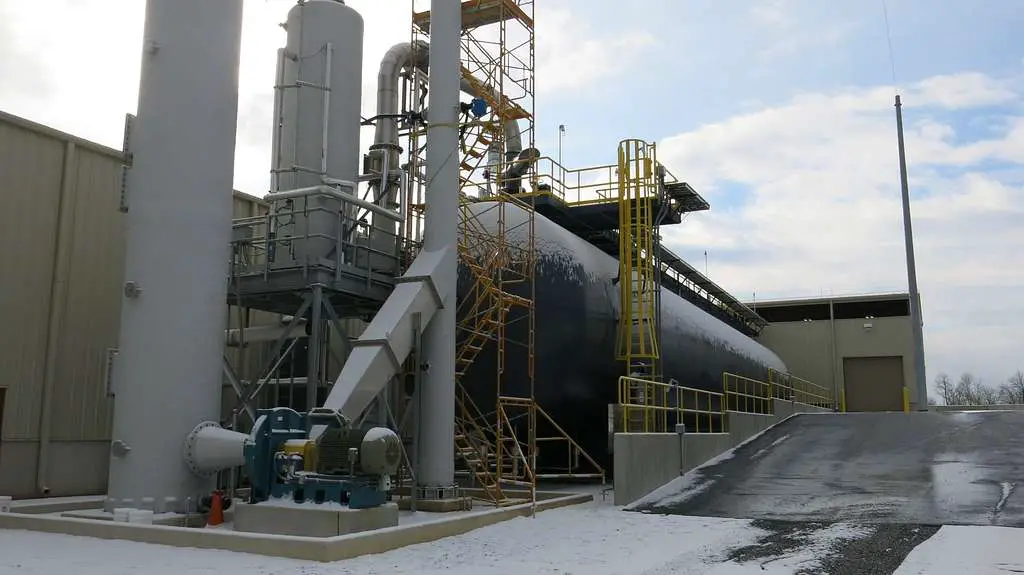
Perchlorate is basically rocket fuel residue. Not metaphorically—literally. It’s a chemical used in explosives and fireworks that somehow ended up in water systems near military sites and aerospace facilities. Perchlorate interferes with the thyroid gland, which regulates your metabolism, mood, and energy. Too much can cause developmental delays in kids and fatigue, depression, and weight gain in adults. So if you’ve been dragging for no good reason, your tap water might be to blame.
It’s been found in drinking water from California, Texas, and Arizona, but because it’s tricky to monitor, many people don’t even know it’s there. The EPA has gone back and forth for years on whether to regulate it—yes, seriously. Meanwhile, it continues showing up in tests and, subsequently, in your morning coffee. If you live near a base or a firework-happy town, perchlorate might be a guest in your glass. And it’s not one you want sticking around.
11. 1,4-Dioxane
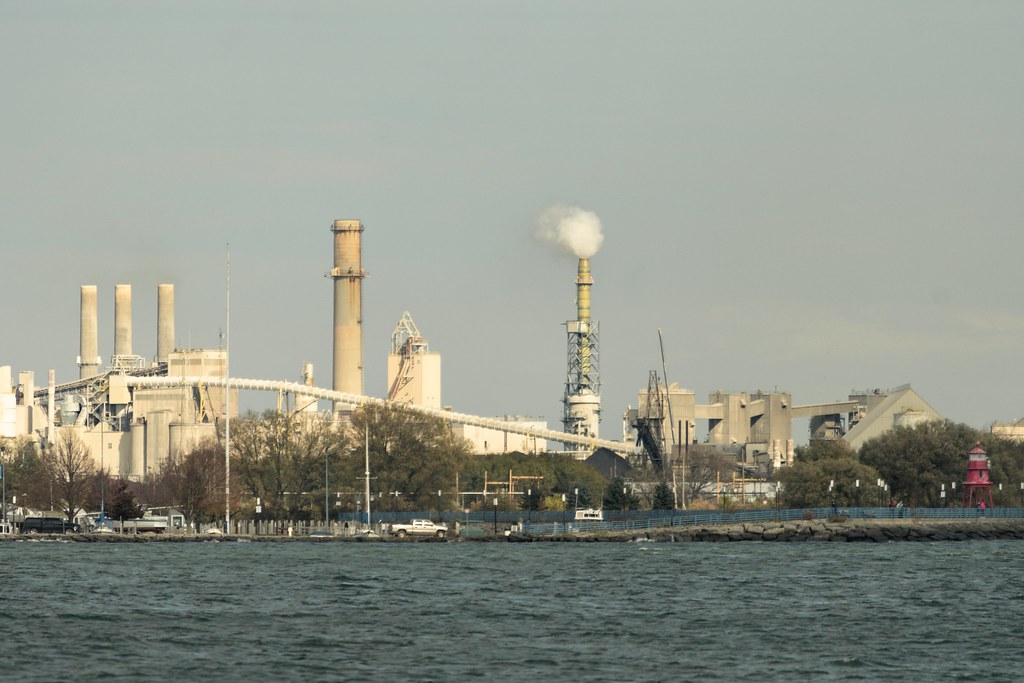
You know that “fresh scent” in your shampoo and body wash? It’s sometimes made with a byproduct called 1,4-Dioxane—a chemical that’s now showing up in water systems across the U.S. It doesn’t biodegrade easily and is super soluble, meaning it spreads quickly through groundwater. The EPA classifies it as “likely to be carcinogenic to humans,” which feels like enough of a reason to keep it out of our lemonade. Areas near manufacturing hubs, like parts of New York, North Carolina, and Michigan, are seeing higher levels.
And unfortunately, it’s very difficult to remove with standard filtration. Even many municipal systems aren’t equipped to deal with it. That means if it’s there, it stays there. Drinking small amounts occasionally won’t kill you—but daily exposure over years? Not ideal. If your town has a history of textile or chemical production, get curious. And maybe reconsider washing your water bottles with bubblegum-scented soap.
12. Radium

Radium is like the spooky ghost of the periodic table—naturally occurring, radioactive, and lowkey terrifying. It seeps into water through rock and soil and is especially common in parts of the Midwest and Southwest. Chronic exposure increases the risk of bone cancer and other health issues because it mimics calcium and gets stored in your bones. So yeah… not the kind of “glow-up” we’re going for.
Small utilities and private wells are more likely to have radium issues, since treatment can be expensive and testing isn’t always required. The worst part? There’s no taste or smell. You could be sipping it for years and not have a clue. Want to know if it’s in your area? Check your local water quality report—or better yet, run a test and filter it out with reverse osmosis. Bone health > radiation.
13. Aluminum
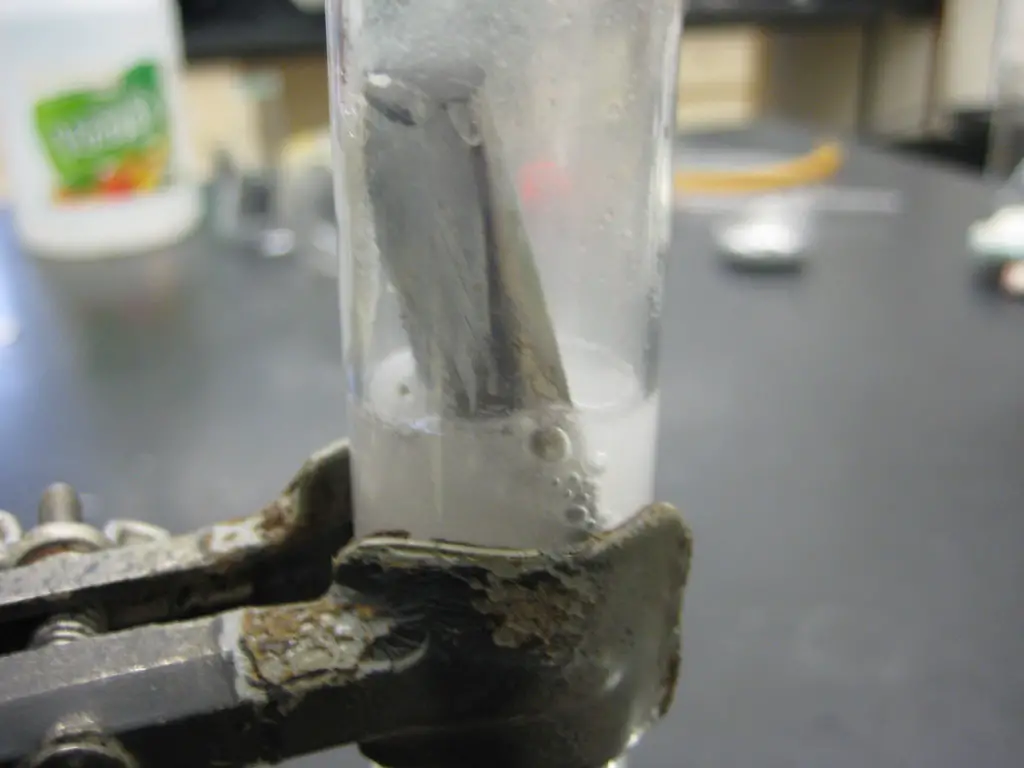
Aluminum might sound harmless—it’s in foil, cans, and maybe the deodorant you pretend you’re going to switch out for something “cleaner.” But in water, high levels can cause some very not-casual issues. While it’s used in water treatment itself (to remove other particles), too much aluminum left in the final product can lead to cognitive problems, especially in older adults. Some studies have linked elevated aluminum levels to Alzheimer’s-like symptoms.
It’s more likely to show up in areas where water isn’t pH balanced properly, usually in older systems or those underfunded for maintenance. Think: rural areas and smaller cities flying under the radar. Your water might look clear and taste fine, but aluminum is sneaky like that. If you’ve got a sensitive stomach or unexplained brain fog, it might not just be stress. And no, boiling won’t remove it—only proper filtration will. Better safe than sorry (and spacey).

